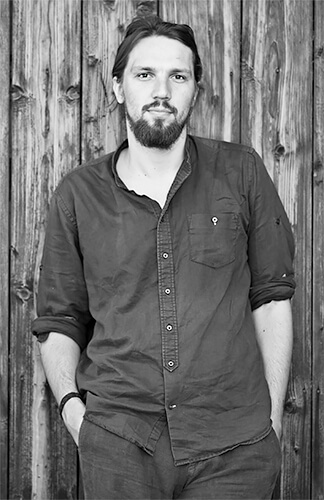Marcin Ryczek was born 1982 in Lublin (Poland). He lives and works in Cracow. His photography refers mainly to symbols and geometry. "Minimum form, maximum content" is the essential principle that characterizes his photos.
His photographs have been presented at exhibitions in USA, Denmark, Holland, Italy, Austria, South Korea, England, Romania, France, Poland, Germany, Japan, China, India …
His photos have been published in the press and other media around the world, among others: The Guardian, Der Spiegel, Yedioth Ahronoth, La Repubblica, Politiken, Athens Voice, The Daily Telegraph, National Geographic...
Awards:
- Grand Prix de Découverte 2013
- Grand Press Photo 2013
- LensCulture Exposure Awards 2014
- IPA – The International Photography Awards 2014
- Chelsea International Fine Art Competition 2014
- ND Awards 2014
- The Miami Street Photography Festival 2015
- New York Photo Festival 2015
- StreetFoto San Francisco Festival 2016
- XV edizione del Premio Internazionale “Giuseppe Sciacca” 2016
- Siena International Photography Awards 2016
- Finalist All About Photo Awards 2017
One of the most influential American website The Huffington Post has recognized his photo as one of the 5 best photos in the world in 2013. This photo "A man feeding swans in the snow" was admitted to the prestigious collection of the Bibliotheque Nationale de France and the Silesian Museum in Poland.
